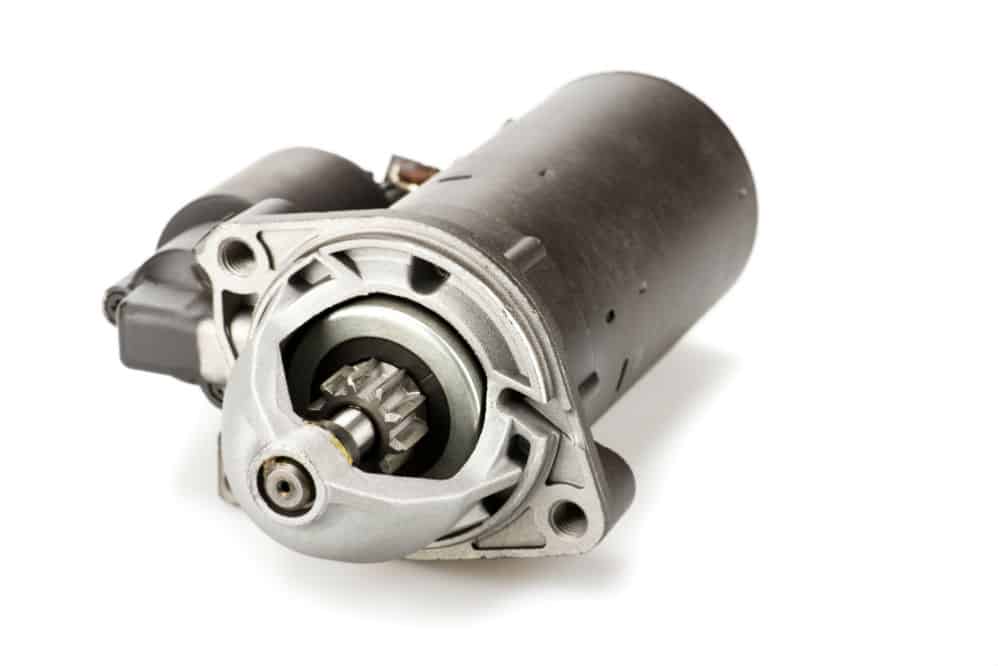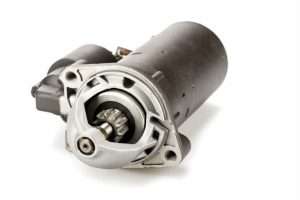There are a few numbers of reasons why your car won’t start, and sometimes it has nothing to do with the battery or the power supply. If you own a car, you should know the basics of how to test a car starter and the symptoms of a faulty starter. It is good information to know so that you can share it, and so that you can have a general idea of when your car needs to be taken to an auto-mechanic shop for repairs. Starters, like most parts of your vehicle, will not last forever. This is because of frequent use.
If you have ever experienced a car that did not start, all hope is not lost as there are ways that you can fix the starter once you ascertain what the problem is. This article will examine how to test a car starter and will give you an indication of when you will realize that you have a faulty starter. This instruction can be applied to any car brand including Ford, Nissan, and Toyota. Though starters may be different in appearance, their functionality is the same.
How to Know if the Car has a Faulty Starter: The Warnings
Basically, there are several signs that your starter is going bad. The simplest warning sign is when you attempt to turn the engine on, and nothing happens. Or you may hear a loud click, but still, nothing happens. Sometimes you may even turn the engine on, and then, it will come on slowly and then come off. If you recently changed your battery, then, your car’s starter might be the problem, and it may be time to change it or have it serviced.
Some warning signs are a bit more extreme. If you start your car and hear a grinding noise that sounds similar to when you are turning the key clockwise when the car is already on. This is caused by the starter being worn. If you see smoke, you should be concerned because an electrical problem is most likely the cause. There may be an oversupply of power to the starter or a shortage of power to it. If you have an oil leak, the oil can destroy your starter or shorten its lifespan.
How to Test a Car Starter: Identifying the Main Problem
- The Pinion
The pinion test is the simplest test to determine whether or not your starter is working according to standard. It will also provide you with one of the easiest repair methods. To run the test, turn your headlights on first, and then attempt to start the car. If the headlights dim and the car makes a noise but does not start, the pinion could be jammed. To loosen the pinion, get a spanner and look for the pinion stub on the starter. It is square shaped. You should use the wrench to turn and loosen it, and then, attempt to start your car again.
If you are uncertain of where to find it, you should refer to the car’s manual or resort to Google for a picture of the image. If you are unable to locate the pinion, but you have a gearbox, you should put the car in the second gear and rock the car. It may seem a bit silly, but rocking the car back and forth can actually help to loosen the pinion. For an automatic car where you don’t see the pinion, it is a bit more complicated and will require you to perform a bench testing activity.
- Electrical
Some people prefer to check the battery and other electrical components first. If you start your car and it makes a clicking sound but gives no indication that it is going to start, then you ought to check the batteries and electrical. If you recently changed your car’s battery, it could be that some other electrical component is failing or needs to be adjusted. If your battery was not changed recently, you should examine the battery by looking for corroded, loose or broken terminals. If this is really the case, then you should have the terminals cleaned or replace them altogether.
You can also opt to use a multimeter to test the battery’s voltage. A good battery will have a reading between 12.3 and 12.6 volts. If the voltage is below this range, the battery should be charged or replaced. Replacing these things should work. A problem with the solenoid, a device at the top of the starter may cause problems if there is a connection problem. It will not work if all wires running to it are not connected to it as well. Hence, you should check it for loose wires. If there are loose wires and you have problems attaching them, contact a professional for assistance.
- Bench Testing
If you tried the two methods above and nothing worked, then your starter may be the problem. To bench test the starter, you will need to disconnect and unbolt it to remove it from the engine. Before removing though, you should jack up the vehicle and take note of the position of everything so that reassembly would be easy. To bench test, you will need a jumper cable attached to your starter. You will also need to connect wires to its terminal.
Use your foot to hold the starter down. Don’t be alarmed if there are sparks. Connecting the end of the wire to the battery post should cause the pinion to spin. If there is no movement, your starter will have to be replaced or repaired.
Conclusion
If you are not a car person, this can be a tedious exercise, so you should consider taking your car to an auto-mechanic shop for assistance. Also, if you are unfamiliar with cars, you should not attempt to test your own starter especially since you will not have knowledge of the car’s parts or reassembling. If you want to try something new, you should get someone who has a history with cars to provide some assistance to you. This will actually be an excellent lesson for you because starting problems could be easily resolved if the pinion caused it.


